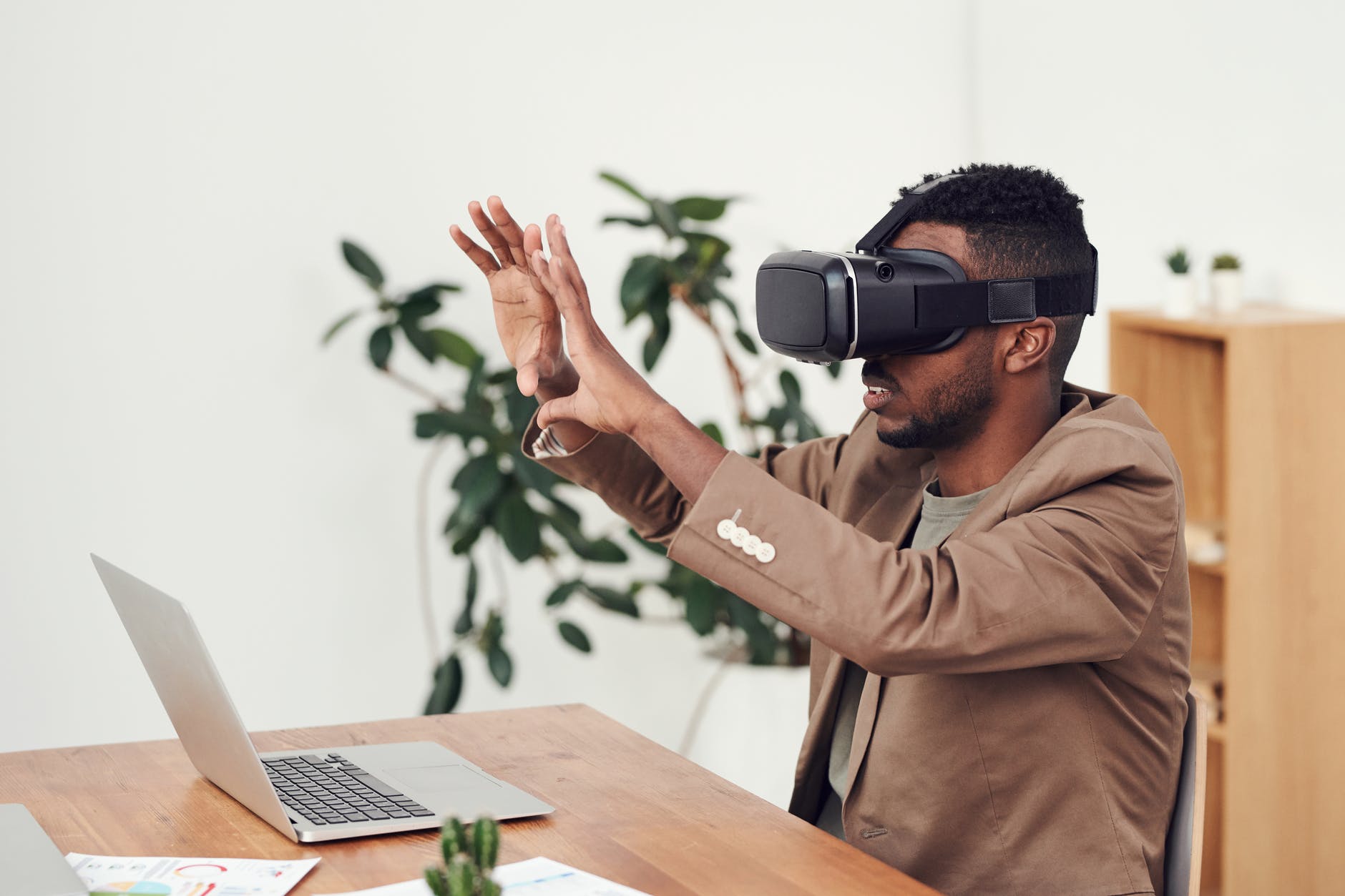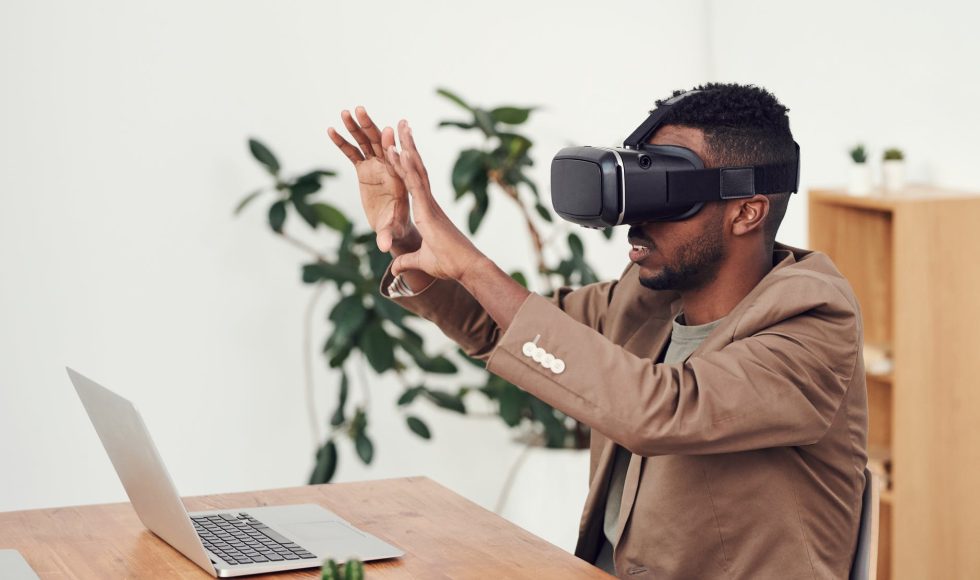“Traveling to Inexperienced Realms: Immersive Reality for Classroom Learning” is the title of the Lilly Conference session I watched tonight. Amy Kuntz, an Instructional Designer at Penn State, along with Eileen Grodziak, another instructional designer at Penn State, worked with Kate Morgan, the Director of Virtual Education at Penn State Lehigh Valley. They defined Immersive Reality and the “continuum” of experiences: 360 camera, virtual reality, augmented reality, and mixed reality. They began with the use of 360 videos to capture the essence of an area, for example, for study abroad. The first video they created was an artificial coral reef in Puerto Rico. Another instructor for a series of Spanish courses created videos for students to explore different places in San Juan. For example, they talked about GoogleExpedition (which was sunsetted in 2021) to create tours of the space station. They also described an assignment that consisted of writing a two-page paper and create a Google Tour to share with the class. While they reported that students were a little hesitant about the use of Google Tours, they found interesting information about the spaces and created detailed presentations. They then spoke about the use of ThingLink for a horticulture class and adding pop-ups and information. I had watched a previous session last year by this group on the horticulture class. They mentioned ThingLink now has a cost of $35 a year. I visited the ThingLink website and explored it a little. Next, they shared experiences with VR and VR equipment. In one class, they mentioned spending a week discussing color theory and simulating color blindness. For a communications class, they use VR to simulate defusing a bomb and having to communicate with a team outside of the “bomb room.” Another example in geography used a VR app to explore and measure features of environments. Surveys indicated that students really liked the virtual field trips. For another field trip they recorded with a Garmin device but now recommend the GoPro Max. They emphasized thinking about the storyline and planning carefully. They recruited volunteers to take 360 videos and upgraded to the paid version of ThingLink to make interactive 360 videos. The presenters concluded by highlighting the importance of articulating the purpose of immersive reality. The slides were shared at bit.ly/lily2022xr We still have to finish our virtual tours before sharing them with students and this presentation made me think about potential assignments and refining the purpose of XR.



